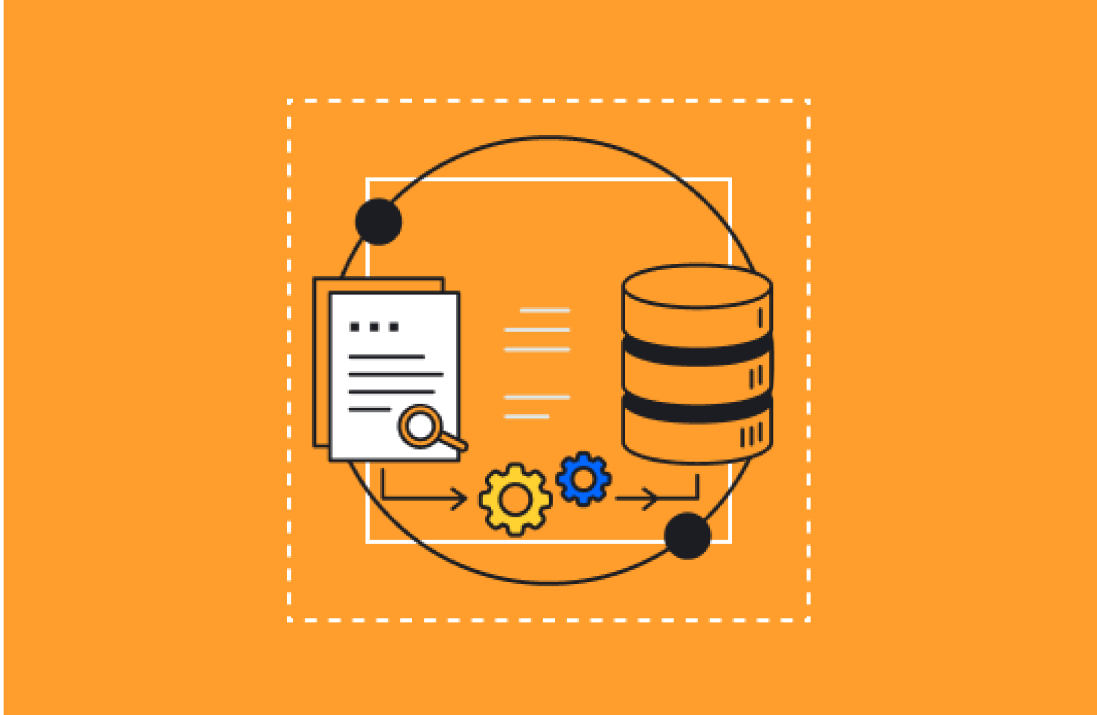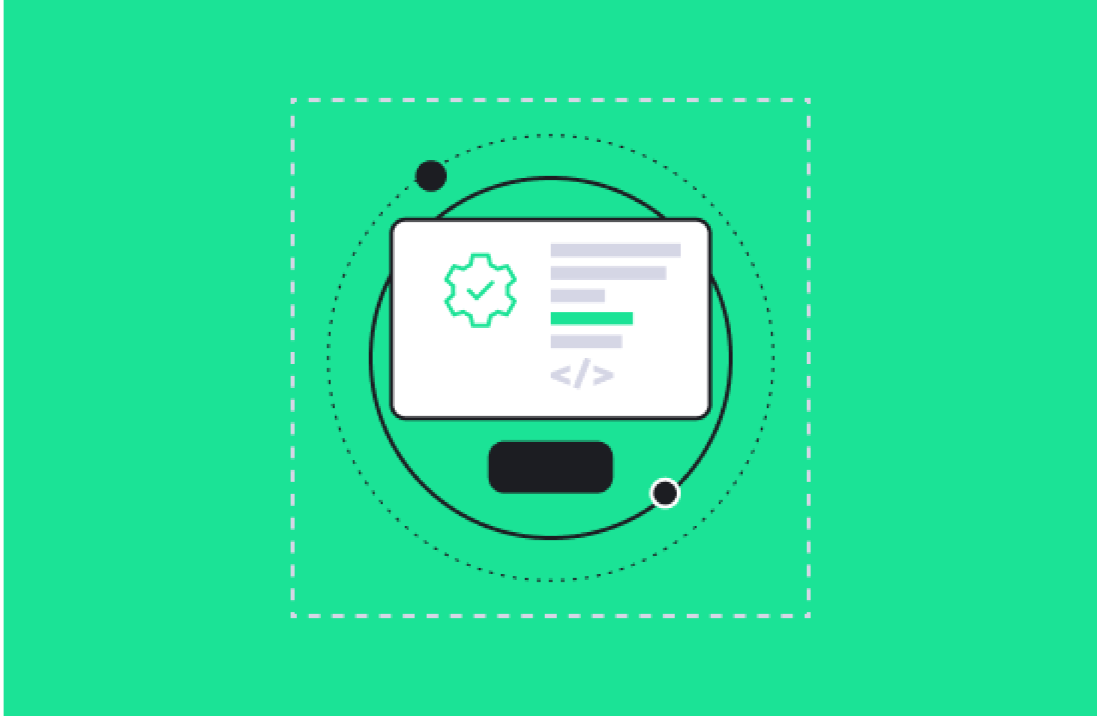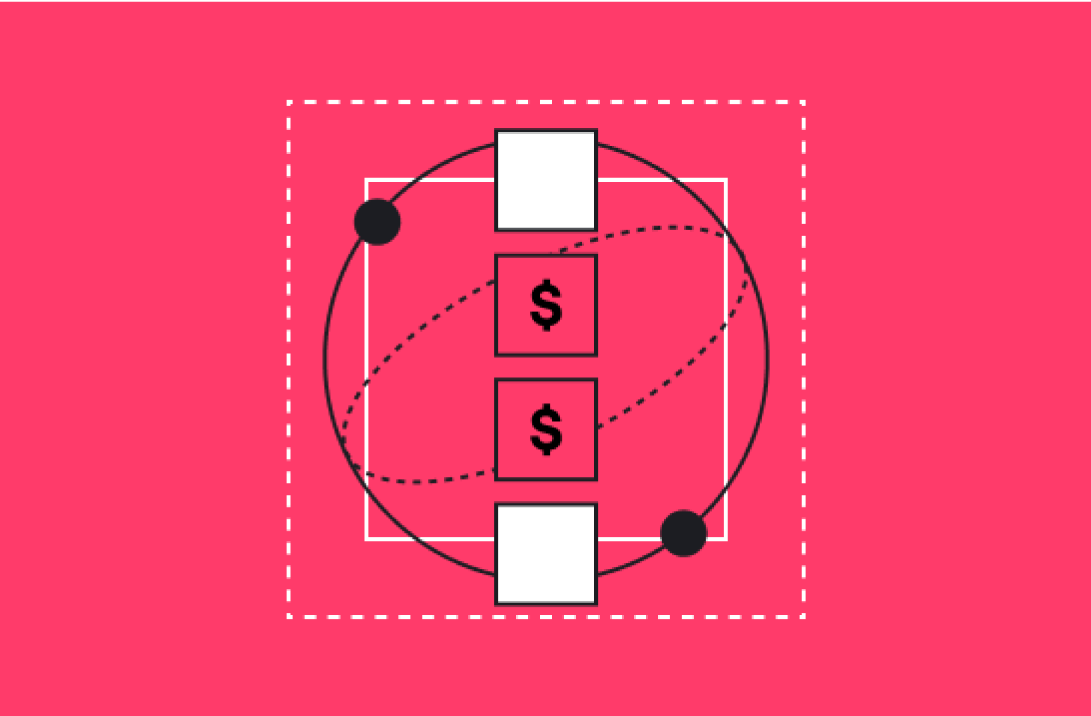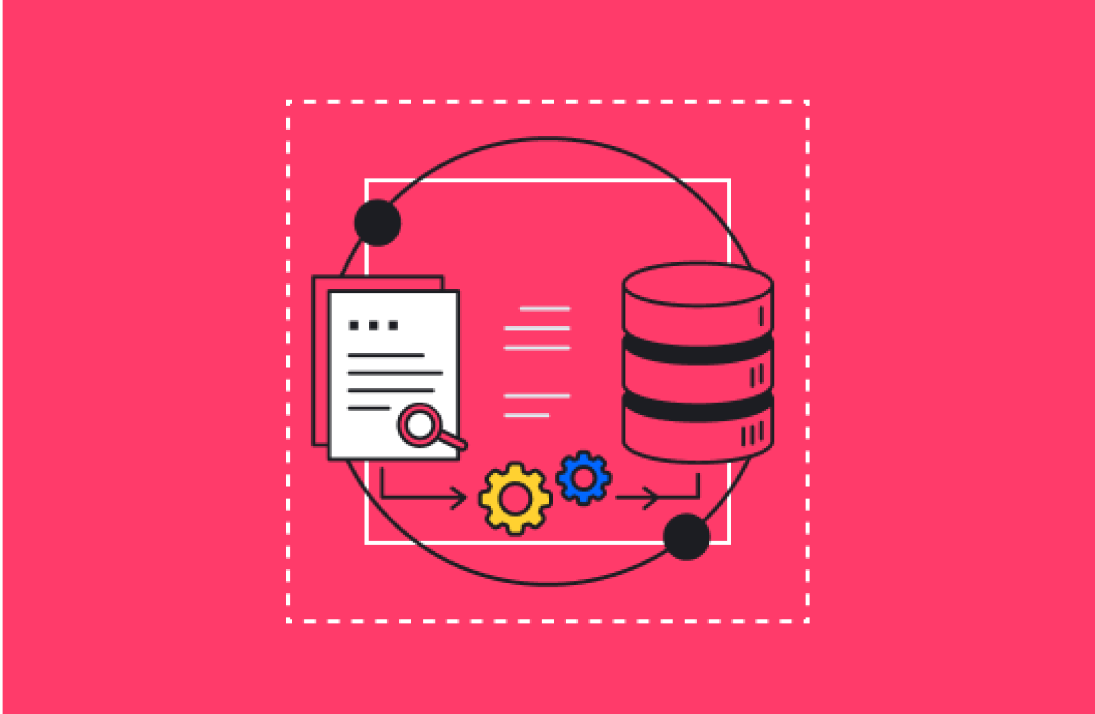Why Most Companies Are “Successful in Spite of Themselves”
Marketing teams are under constant pressure to prove ROI, but most companies don’t actually know which efforts drive revenue. They see leads coming in, they see sales happening, but what’s working, what’s wasted, and where to invest next? That’s often a mystery.
Many businesses assume their marketing is working because revenue keeps coming in. But what’s actually happening in between?
“Companies are making money, so they assume everything is working,” Christopher Larkin, Chief Technology Officer of Arcalea, explains. “But what are the lost efficiencies? Where could they reduce effort? Where should they invest more? The answers are hidden in the noise.”
Most businesses don’t know:
- Which campaigns contribute to revenue
- Which channels drive the most valuable leads
- Where they’re overspending or under-investing
As a result, companies waste budget on low-impact activities while missing the real revenue drivers.
The Problem with Traditional Attribution Models
Most businesses rely on basic attribution models built into platforms like Google Analytics or their CRM. The problem? These models are incomplete.
- Attribution Windows Are Too Short
Google Analytics, for example, only tracks data for 90 days. But many B2B sales cycles take months, or even years. That means major touchpoints get lost, and decisions are made on incomplete data. - Free Analytics Tools Don’t Show the Full Picture
Michael Stratta, CEO of Arcalea, points out an uncomfortable truth: “If the tool is free, you are the product. Google Analytics gives you a small sliver of data because they make money from your waste.” Google and other platforms prioritize their own ad revenue. They don’t show you everything, only what serves their business model. - Standard Attribution Models Oversimplify Reality
First-touch and last-touch models ignore the entire customer journey. Multi-touch models like W-shape or U-shape improve accuracy slightly, but they still rely on assumptions rather than real data.
How Galileo Solves These Attribution Challenges
Galileo is built to give businesses complete visibility into what’s working, what’s not, and how to optimize marketing spend.
Captures Every Touchpoint—Not Just What APIs Allow
Most analytics tools rely on ad platform APIs, meaning they only track what Google, Facebook, or LinkedIn choose to share. Galileo takes a different approach. It collects first-party data directly from user interactions, giving businesses a complete view of customer behavior, not just what platforms allow them to see.
Provides an Infinite Lookback Window
Instead of being limited to 90 days, Galileo tracks years of marketing data, giving companies a true, long-term view of attribution. This is especially important for:
- B2B businesses with long sales cycles
- High-ticket B2C purchases (real estate, higher education, consulting, etc.)
- Any company that needs to measure long-term impact
Unbiased, First-Party Data Ownership
With Galileo, businesses own their own data. They aren’t relying on third-party platforms that:
- Filter or modify data before showing results
- Prioritize ad revenue over transparency
- Lock companies into their ecosystem
Galileo gives businesses full control, allowing them to:
- Track every interaction
- Measure revenue impact accurately
- Optimize marketing spend with confidence
Real-World Impact: How Galileo Increases ROAS
When businesses finally get full-funnel attribution, they can make smarter marketing decisions, often without increasing spend.
“We had a client move from a 1.7 RPAS (Return on Ad Spend) to 3.6 ROAS—without increasing ad spend,” says Stratta. “Once they saw where revenue was actually coming from, they reallocated the budget to higher-performing channels. Trust went up, and they were able to invest more in winning strategies.”
This kind of insight transforms decision-making. Instead of guessing, businesses can:
- Cut underperforming channels
- Double down on high-converting campaigns
- Align sales and marketing on the real revenue drivers
The Future of Attribution: AI-Powered Insights
Galileo isn’t just improving attribution, it’s making it more actionable.
Christopher Larkin explains that their next big focus is automating insights using AI and machine learning: “We don’t just want to show data, we want to tell businesses what to do next. Our goal is to provide prescriptive insights, so companies can instantly see where to shift budget, where to cut waste, and where to focus effort.”
With this next evolution, companies won’t just see their data—they’ll get clear, real-time recommendations for how to optimize it.
Final Thoughts: Why Attribution Is the Key to Smarter Growth
Attribution isn’t just about tracking marketing performance, it’s about making better business decisions. Most companies use incomplete data, spend blindly without knowing what works, and trust free tools that aren’t designed in their best interest.
Galileo helps businesses take control of their data, measure the full customer journey, and optimize revenue with confidence. If you’re still relying on Google Analytics, spreadsheets, or basic CRM reports to track attribution, it’s time to explore a smarter way. Find out more at https://arcalea.com/galileo.






